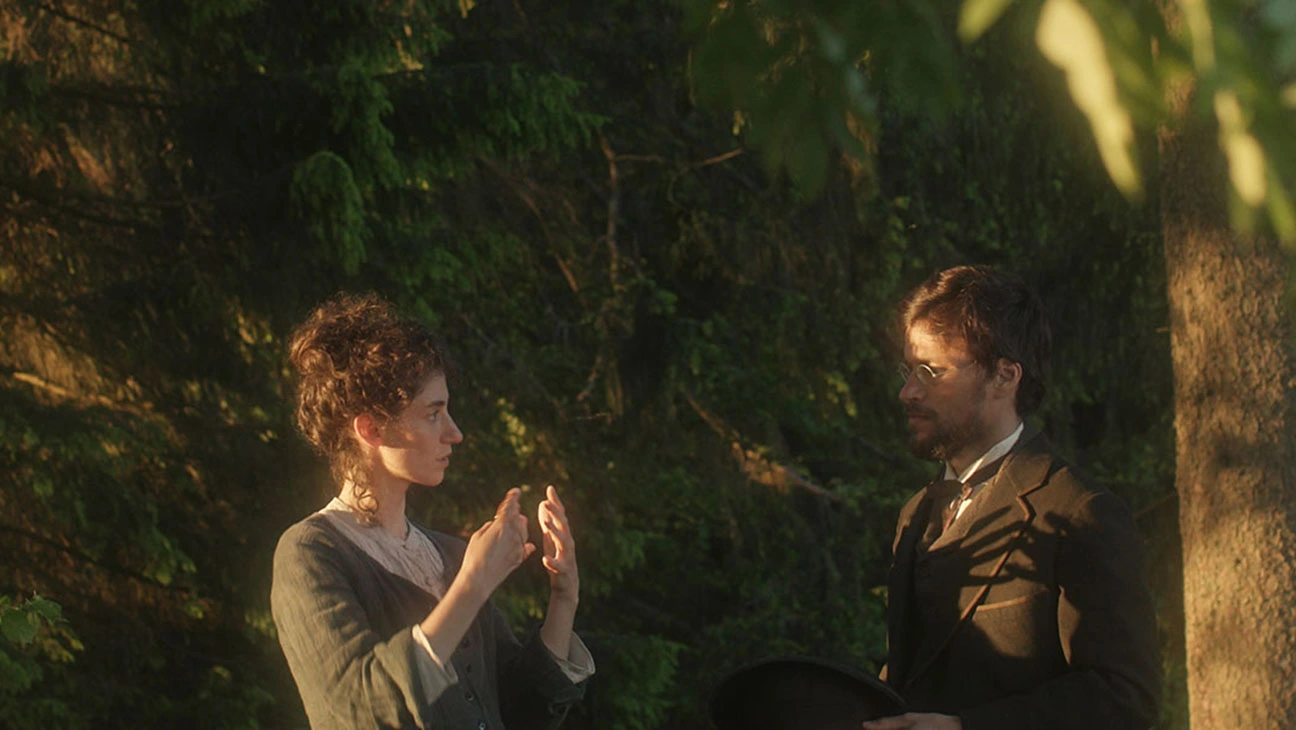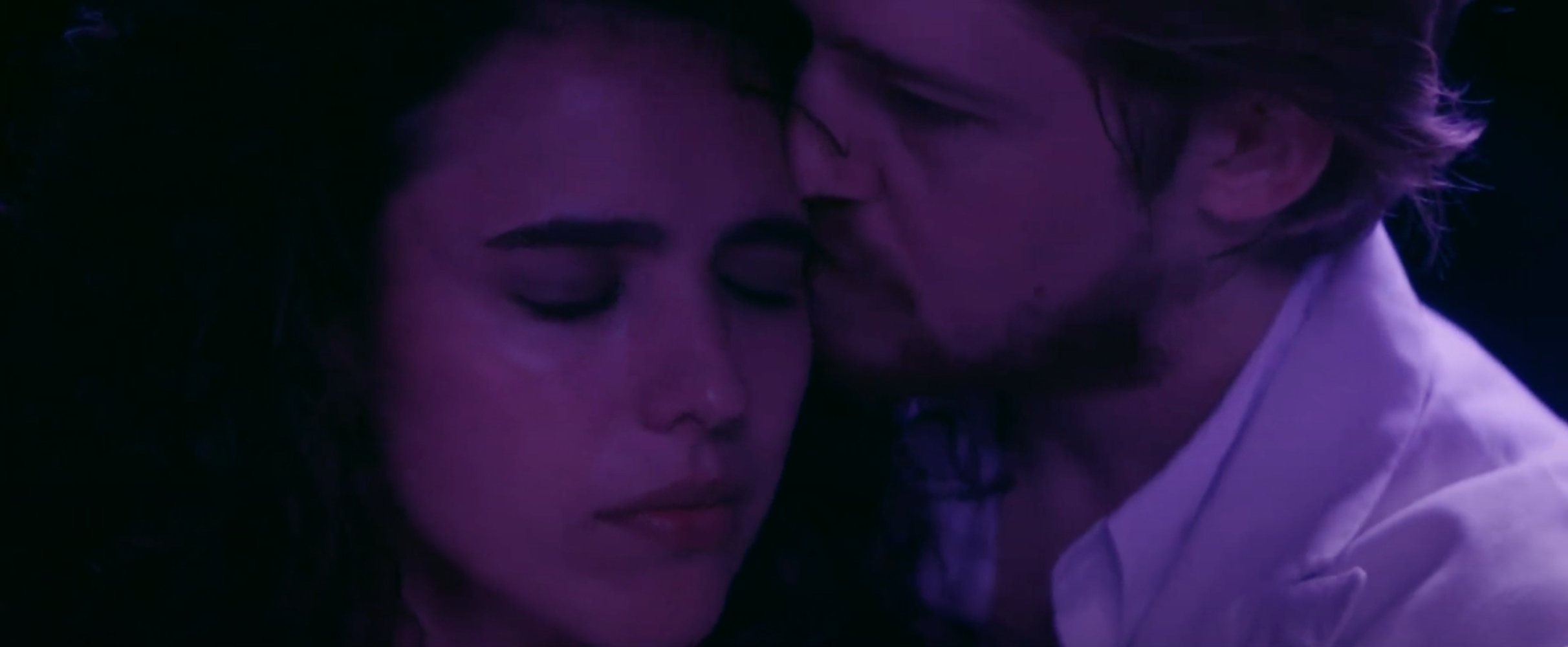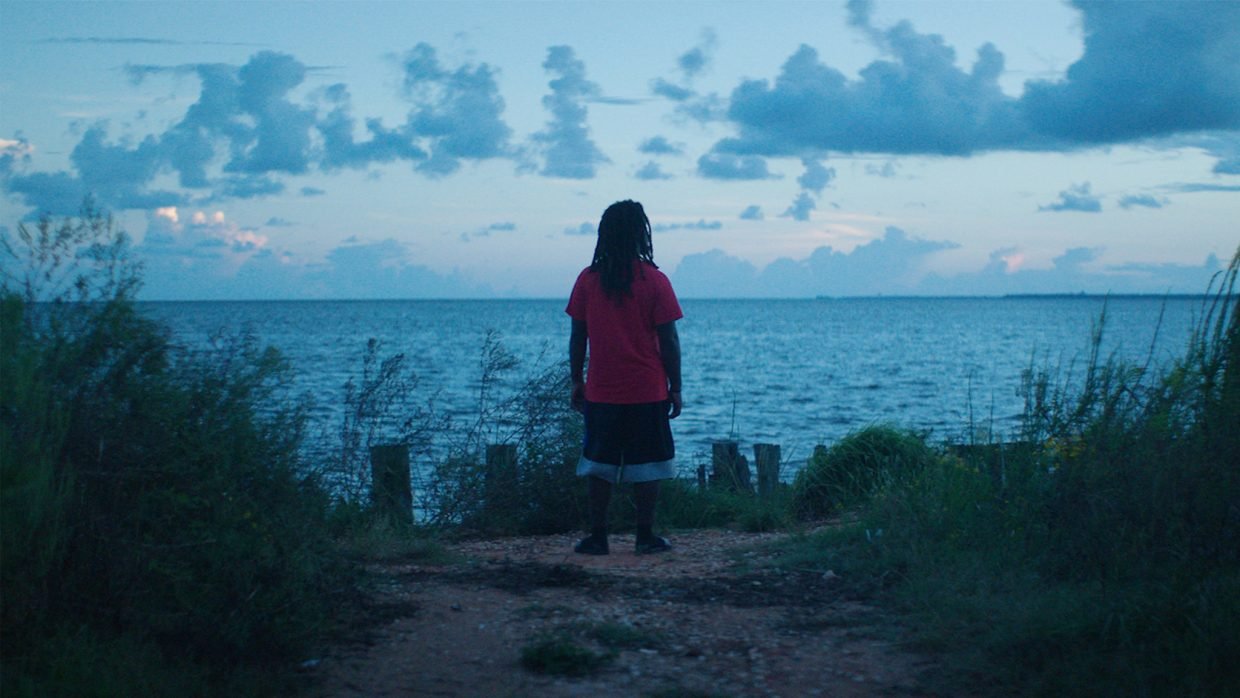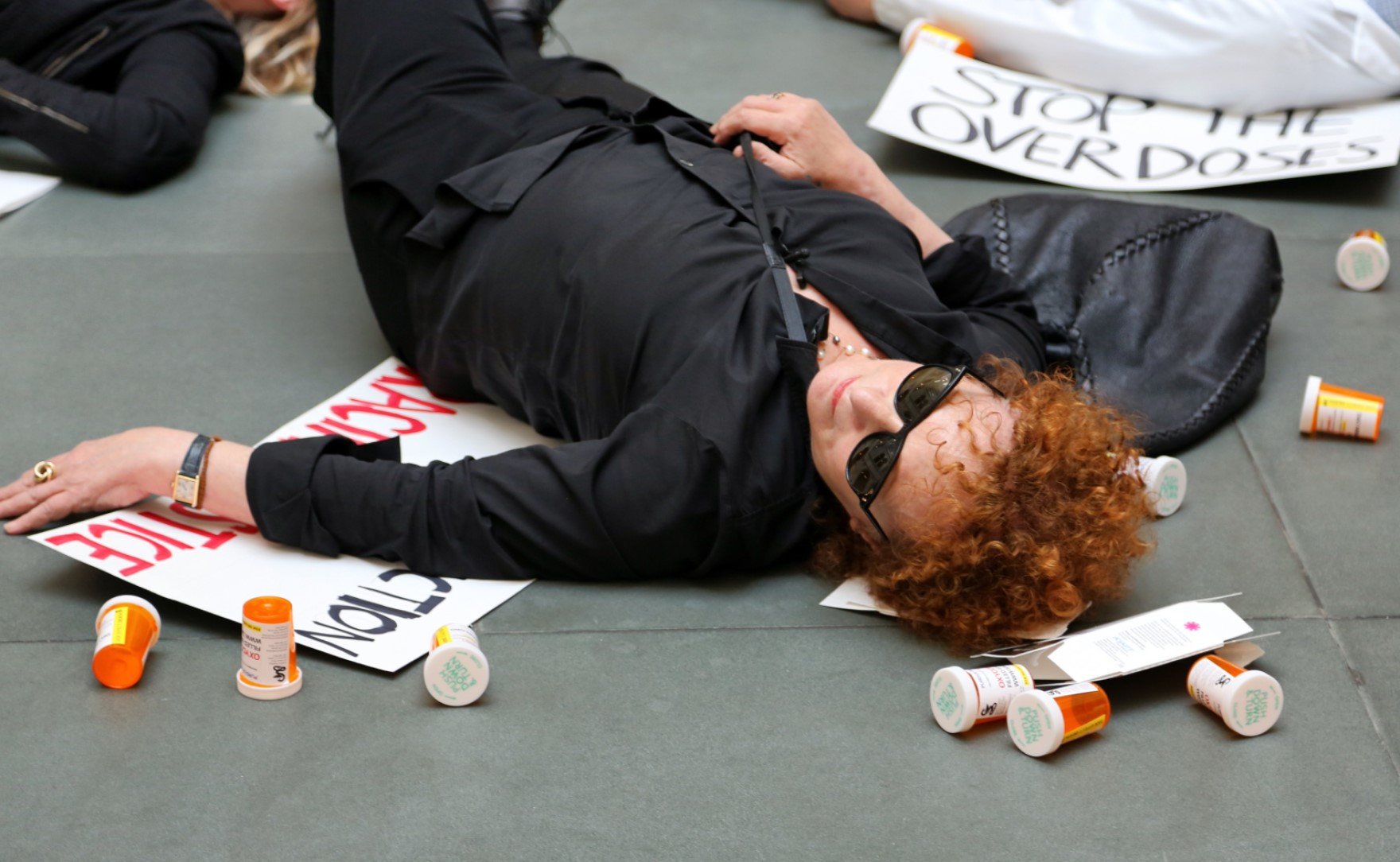New York Film Festival 2022
FILM AT LINCOLN CENTER, NEW YORK, NY
SEPTEMBER 30 – OCTOBER 16, 2022
Drake Stutesman
Some films to see:
UNREST
2022
Cyril Schäublin
Switzerland
93 min.
Cyril Schäublin's brilliant, simple film is ostensibly about a young Pyotr Kropotkin’s visit to the Swiss rural village Saint-Imier in 1872. At that time, he was not the world-famous anarchist he became, but had come to the village to observe and understand a strike in a local watch factory. But, in many ways, Kropotkin the young thinker is just a marginal character. He is seen watching, listening, and, almost always off screen, beginning a shy romance. Unrest is a labor film. Its true focus is activism among rural factory workers. Labor organizing and its bloody confrontations with police, militia, and management were widespread in Europe and the Americas in the 1800s. These conflicts were front page news, constantly part of the national conversation, and all had a complicated strata of supporters and dissenters. Each country had different issues and vastly different histories of class and oppression. Each had a different consciousness of rights and how to gain them, especially among activists.
Through his focus on their rural setting and in showing them as having fun as much as discussing politics, Schäublin’s young workers have a realness that is not typical of labor films. But in conveying this, Schäublin's simplicity is almost Brechtian. He uses visual and audio devices to evoke a theatricality that allows a living world to come through. For example, he creates a Greek chorus, as the workers, young women and men, are often seen as a choral unit, singing songs of solidarity as part of their way of life. He creates an atmosphere of blockades, filling his scenes with barriers such as walls, roofs, and poles, reflecting the industry strife that controls this wilderness. Conversely, he creates a world of freedom when he films his two lovers walking through the forest without human-made obstructions.
The title “unrest” is a word with multiple meanings. It is an obvious reference to “unrest” as a euphemistic description of riots and strikes. But in clock making, it refers to a key component. “Unrest” is the name of the mechanism that acts as a stabilizing pivot, and the film focuses on the delicate skill needed to maneuver this pivot into the watch, a skill intensely scrutinized by management who force even these workers to work faster. The pressure of the factory management is shown as part of the inner workings of the village politic. Both are corrupted by rigged voting and graft. The film, however, is languorous in its pacing, giving a context that is realistic to country life and showing the blunt reality of pressures on labor and how organizers emerged into activism and labor struggles in the 19th century.
A realistic, ethereal, and Brechtian approach to a 19th century rural European labor activism.
STARS AT NOON
2022
Claire Denis
France
137 Min.
In Stars at Noon, Claire Denis’s ability to bring out an almost organic depth to human silence is very strong. The film, based on Denis Johnson’s political thriller, The Stars at Noon, is set in Nicaragua, in recent times. The Nicaragua of the film, however, feels like a country that is without a time or place. The film is set during a war (and in the pandemic) in humid, hot forests and in cities of air-conditioned hotels full of Europeans and North and South Americans. The local neighborhoods have dirt streets and are filled with men with guns and citizens dealing with the chaos of life under siege. The story centers almost exclusively on two young lovers, the seemingly unprepared British oil broker, played by Joe Alwyn, and the sweet faced, toughened American would-be journalist played by Margaret Qualley. The pair are an unlikely couple, brought together by the odd solidarity of being foreigners in another country during a war. Alwyn brings a vulnerable aura to his uptight character and Qualley brings a hardness meant to cover her softness. Both appear to be closed people, inscrutable, and driven. But Denis shows their love making often and, with her compelling use of close-up, she brings to life their living beings. In an interview, she stated that she always likes her characters, even those with a downside. Even if the characters remain enigmatic, Denis captures them much as directors such as William Wyler and Alice Guy Blaché do. All three directors create characters who are welcoming. And the leads in Stars at Noon are magnetic and warm and feel present and alive. The war, the plot of industrial espionage, the population's degradation, the foreigners’ betrayals become only a background, a whirlwind around them.
A complex, vivid film, unraveling the lives of two lovers during a brief affair in a foreign war.
DESCENDANT
2022
Margaret Brown
US
109 min.
Descendant is an evocative documentary of the discovery, in 2019, of the 1860 slave ship the Clotilda in a river in Alabama, and the African Americans living in the area who claim their ancestry from it. Brown deeply envelops this world in shots of water, grasses, sky, and the flow of life in them, such that the feel of the landscape is emotional, and that emotion is as much how the story is being told as the words that are telling it. Brown deftly brings together the people and land as one. There are long sequences of town meetings and political wrangling regarding ownership of the land, the ship, and the potential cash from a tourist trade that the ship has brought to the community. But the lengthiness of these scenes also plays its part because it dries up the feel of the land and the people, as the politicians arguing for the tourist industry are trying to do.
Engrossing film on African American communities descended from the slave ship, Clotilda.
ALL THE BEAUTY AND THE BLOODSHED
2022
Laura Poitras
US
113 min.
The Centerpiece film at the New York Film Festival, Laura Poitras’s All the Beauty and the Bloodshed follows the crimes of the Sackler family, whose pharmaceutical company engineered the terrifying exploitation of drug prescriptions that led to millions of deaths from overdoses. Interwoven is the personal story of photographer Nan Goldin, who organized protests against the Sacklers’ prominence in the art world as fiscal donors with museum wings, rooms, and buildings named for them. Goldin had been an addict herself and her own home footage of her life in 1970s New York, living and hanging out with other nascent artists who went on to define art today, makes the human story very real. But the true center of the film is Goldin’s older sister, who died in her twenties of a violent suicide (she lay down on railroad tracks). Goldin revered her sister, and her death, in part from the experience of prejudice against her as a lesbian, is still a wound. Her sister is one person against a juggernaut of oppression and her reality acts as the fight of all individuals against the establishment’s crushing of people. Poitras, in mixing these two stories, is creatively ambitious. The film brings forth the flesh and blood of real people through Goldin’s home movies of her friends and family as well as footage of people in art protests in the 2000s. Poitras described All the Beauty and the Bloodshed in an interview as “a blueprint for activists,” and the film pulls into a visual mosaic the disparate parts of this conflict that fit many of the same kinds of fights.
Beautiful, poignant film on 1970s New York art scene mixed with the 2010s Sackler drug crimes.







